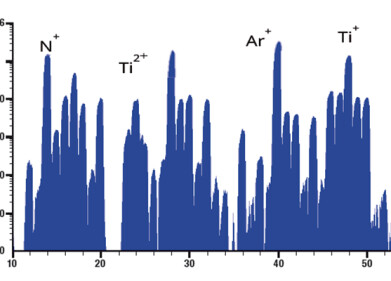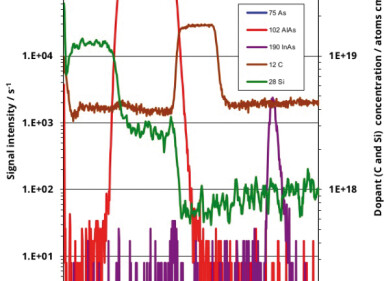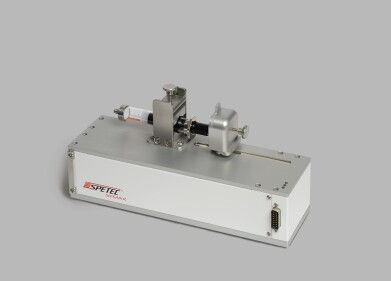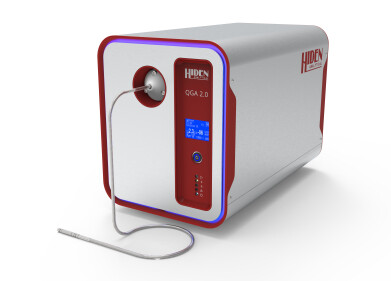Mass Spectrometry & Spectroscopy
Is There Any Science Behind 'Christmas Cheer'?
Dec 29 2020
Christmas is touted as the “happiest time of the year” and now there’s scientific evidence to back this claim. In 2015 a team of researchers from the University of Denmark discovered evidence of “Christmas cheer” using functional magnetic resonance imaging (fMRI) machine technology. Participants were shown images of either Christmas or non-Christmas themes images, with the fMRI machine used to monitor brain activity. When shown images of Christmas trees, fireplaces and mince pies the team noticed certain areas of the brain lighting up.
The team also noticed an increase in blood flow to areas such as the sensory motor cortex, which controls physical sensations. Blood flow also increased in the premotor cortex associated with planning and organisation and the primary motor cortex associated with physical movement. While the team is uncertain what the activation of these regions actually means, the findings do suggest Christmas cheer is a genuine construct.
Traditional vs contemporary
The concept of Christmas cheer can be explained in two ways – the traditional view and the contemporary view. Traditionalists say triggers like Christmas songs, festive adverts and the smell of pine trees spark what’s known as the “happiness circuit” in the brain. This prompts positive changes in both physiology and behaviour, creating the warm, fuzzy feelings that are often associated with Christmas.
The contemporary theory says the brain creates Christmas cheer by using three sources of information to form a subjective feeling – physiological state, external environment and personal experiences. Under this theory, triggers like Christmas carols and sleigh bells prompt the brain to construct an on-demand feeling of happiness and cheer.
Explaining “bah humbug” syndrome
Similarly, “bah humbug” syndrome can also be explained by science. From family politics to the rising credit card bills associated with Christmas, the brain combines various sources of information to create feelings of stress and sadness. The findings of the study were published in the annual Christmas edition of the British Medical Journal, with University of Copenhagen researcher and senior author of the study Bryan Haddock saying “Accurate localisation of the Christmas spirit is a paramount first step in being able to help this group of patients.”
While specific to Christmas, Haddock says the research could offer new insight into how the brain interprets and responds to holidays of all kinds.
From fMRI to NMR, laboratories around the world are continually investing in advanced technology. Find out more about the latest cutting-edge equipment in ‘Benchtop NMR – Bringing New Access to Technology to the Next Generation of Scientists.’
Digital Edition
International Labmate 49.6 - Sept 2024
September 2024
Chromatography Articles - HPLC gradient validation using non-invasive flowmeters Mass Spectrometry & Spectroscopy Articles - From R&D to QC, making NMR accessible for everyone: Putting NMR...
View all digital editions
Events
Sep 19 2024 Shanghai, China
Sep 22 2024 Messina, Italy
19th Confocal Raman Imaging Symposium
Sep 23 2024 Ulm, Germany
Sep 24 2024 Kielce, Poland
WoTS - World of Technology and Science
Sep 24 2024 Utrecht, Holland














.jpg)




